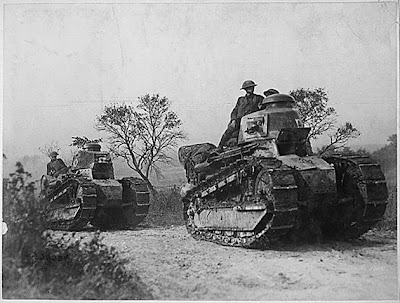Good morning, Whitewater
The National Weather Service predicts a chance of drizzle and 63 degrees. The Farmers’ Almanac forecasts the same prediction as part of a four-day series: “stormy weather spread [sic] east into the Great Lakes.”
Tomorrow, I will begin reporting which forecaster was closer for the previous day, and I’ll summarize the prior week each Monday.
There are two scheduled public meetings in Whitewater today. There will be a meeting of the Planning Commission at 6:00 p.m. The published Planning Commission agenda is available at http://www.ci.whitewater.wi.us/Your_Government/Agendas/
Plan_Architect_Review/2008/PC%20AGENDA%209-15-08.pdf.
Later, at 6:30 p.m., there will be a meeting of the Irvin Young Memorial Library Board.
In Wisconsin history on this date, in 1832, the Wisconsin Historical Society reports that a Ho-Chunk treaty was signed:
On this date a treaty was signed between the Ho-Chunk and the United States that stipulated that the Ho-Chunk cede lands lying to the south and east of the Wisconsin river as well as lands around the Fox river of Green Bay.
One can safely guess that the Ho-Chunk might have been less willing to sign had they known the future value of the land, or had they faced less than overwhelming pressure.
On this date in world history, in 1915, the tank emerged as a battlefield weapon during the First World War. Wired reports on the introduction of the weapon, at an assault near assault near Bois d’Elville:
In the run-up to World War I, the British High Command remained indifferent to the concept an armored assault weapon, preferring to concentrate on infantry and cavalry. But the tank (or “landship” as it was then known, because it was regarded as a kind of land-based warship) had some influential advocates — including First Lord of the Admiralty Winston Churchill, whose Landship Committee kept the idea alive.
In fact, the first tanks were manned not by army personnel but by naval ratings and officers, since the Royal Navy was already responsible for the operation of armored cars on the Western Front.
The Sept. 15 attack at Delville Wood was made by a D1 tank, commanded by Capt. H. W. Mortimore.
It was followed up by a larger attack at Flers-Courcelette, which employed 15 tanks. The British had intended to commit every tank they had — 49 in all — to this assault, but only 22 of them reached the front line without breaking down, and seven of those failed to start as the attack commenced.
The Germans were profoundly shocked by the tanks’ sudden appearance and fell back, but they quickly rallied. They soon discovered that while small-arms fire and machine guns had little effect against the armor, artillery could knock the tanks out with relative ease. And the Germans had very good artillery.

Photo courtesy of the New York State Library.
